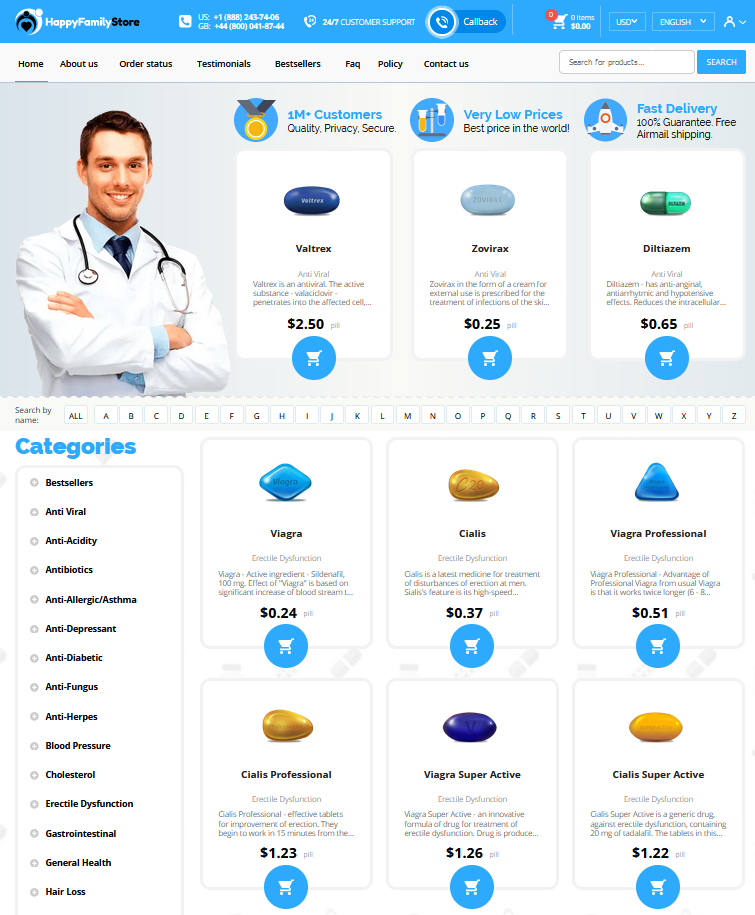To Buy Tizanidine Online Visit Our Pharmacy ↓
 Tizanidine Dosage Guide: Finding the Right Balance
Tizanidine Dosage Guide: Finding the Right Balance
Understanding Tizanidine: What Is It and Why Use It?
Tizanidine is a medication primarily used to manage muscle spasms. It achieves this by acting as a muscle relaxant, specifically targeting the central nervous system to alleviate discomfort associated with conditions like multiple sclerosis or spinal cord injuries.
Patients often turn to Tizanidine when dealing with cases that demand effective muscle relaxation. The choice of this medication rests in its ability to provide relief from muscle stiffness and increase functional activity levels.
The use of Tizanidine is guided by its need to improve the quality of life for individuals experiencing significant spasticity. Still, it's crucial to understand why and when it should be used, which often requires a comprehensive approach.
| Factor | Details |
|---|---|
| Mechanism | Central nervous system action |
| Purpose | Relieve muscle spasms |
Navigating Tizanidine Dosage: Variables to Consider

When determining the right dosage of tizanidine, several crucial variables come into play. Individual factors like age, weight, and liver function greatly influence how tizanidine is metabolized and its effectiveness for muscle relaxation. Furthermore, concurrent medications can alter its impact, necessitating thorough consideration of potential drug interactions. Patient-specific health conditions, such as kidney impairment, may require dosage adjustments to ensure safety and efficacy.
Unique lifestyle elements, like alcohol consumption and tobacco use, can further complicate dosage determination, as they may affect tizanidine's metabolism. By understanding these variables, healthcare professionals can tailor tizanidine regimens, enhancing therapeutic outcomes while minimizing risks of adverse reactions, ensuring a safe and effective treatment experience.
Standard Dosage Recommendations and Common Practices
When it comes to tizanidine, the starting point often lies in the realm of low dosages. Typically, doctors recommend beginning treatment with 2 mg to 4 mg doses, taken every six to eight hours as needed. This cautious approach allows the body to gradually adapt, minimizing the risk of side effects.
After initial assessment, some patients may require adjustment. It is not uncommon to see dosages increased, but only under medical supervision. The goal is to alleviate symptoms while preventing the body from developing a tolerance too quickly.
Through personalized dosage strategies, one can optimize therapeutic effects. It’s essential that patients closely monitor their response.
Ultimately, adhering to a carefully tailored regimen ensures efficacy. Careful consideration and regular consultations with a healthcare provider can maintain the delicate balance necessary for optimal results.
Adjusting Dosage: When and How to Modify

Adjusting the dosage of tizanidine can be crucial for maintaining effectiveness while minimizing side effects. Patients might need to alter doses based on factors such as age, weight, liver function, or concurrent medications that could interact with tizanidine. It's important to remember that any adjustments should be gradual, as sudden changes can lead to adverse effects.
When considering how to modify the dosage, it’s essential to work closely with a healthcare provider. They can recommend how to gradually increase or decrease the dose, ensuring the body adapts without undue stress. Consistent monitoring of how your body responds to tizanidine will guide any necessary adjustments for optimal therapeutic outcomes.
Managing Side Effects: Safety Tips and Precautions
To effectively manage the side effects of tizanidine, it's crucial to remain vigilant and informed. As a muscle relaxant, tizanidine can cause drowsiness, dizziness, and dry mouth among other effects. To mitigate these, try taking the medication in the evening. Staying hydrated can help with dry mouth, and rising slowly from sitting or lying positions can reduce dizziness.
Understanding the potential side effects goes a long way in managing them. Maintaining open communication with your healthcare provider allows for quick adjustments to your dosing regimen if unwanted side effects persist. Always adhere to their advice rather than self-adjusting your dosage.
| Side Effect | Management Tips |
|---|---|
| Drowsiness | Take medication at night |
| Dizziness | Stand up slowly |
| Dry Mouth | Increase fluid intake |
Safety first: avoid alcohol and operate machinery with caution. These proactive steps help minimize risks while ensuring the therapeutic benefits of tizanidine are achieved.
Consult Your Healthcare Provider: Personalized Dosage Planning
Partnering with your healthcare provider can transform your tizanidine treatment plan from generic to genuinely personalized. Discovering the optimal dosage hinges not only on clinical guidelines but also on your unique health profile and lifestyle nuances. Regular consultations ensure that your dosage evolves in alignment with your body's changing responses, minimizing risks and enhancing therapeutic outcomes. Embrace this collaborative approach for a safer experience, empowering yourself with knowledge and professional insight. For more detailed information on tizanidine, check out these resources: MedlinePlus and NCBI Bookshelf.
orderedad

